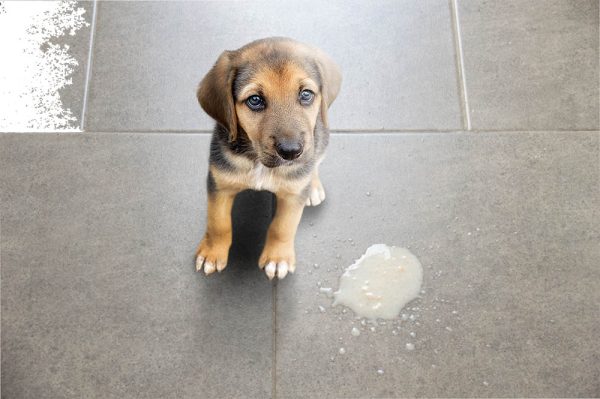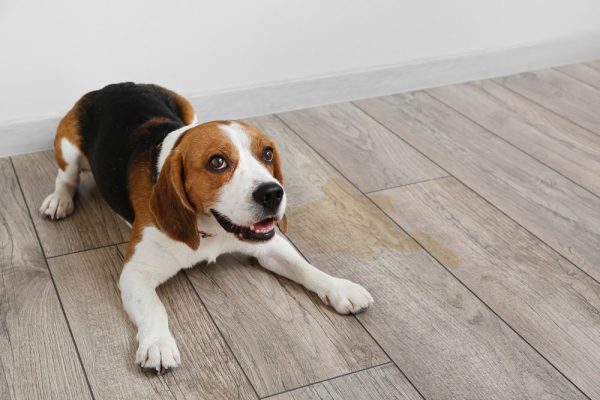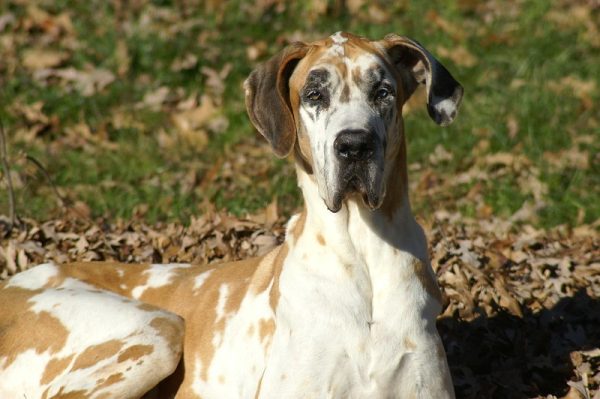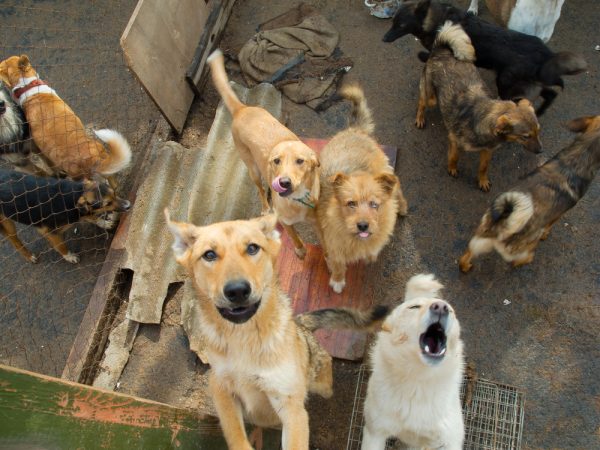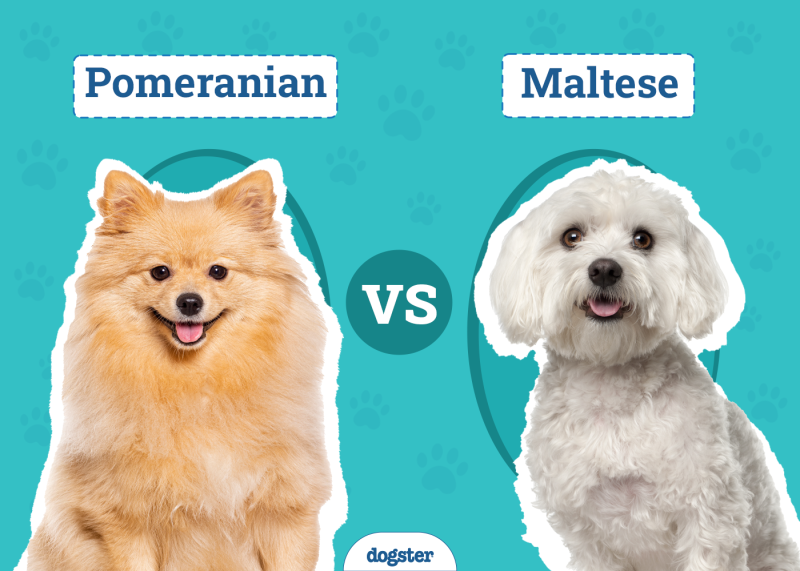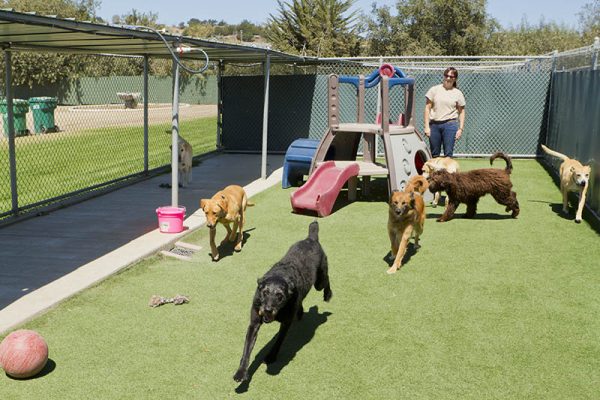In this article
View 6 More +Everyone knows that Great Danes are massive dogs, but they’re so much more than that. They’re affectionate and loyal and make excellent family dogs. Although they have a working dog history, they’re gentle and tolerant of children when properly trained.
Breed Overview
Height:
Male: 30–40 inches; Female: 28–32 inches
Weight:
Male: 120–200 pounds; female: 99–130 pounds
Lifespan:
7–10 years
Colors:
Black, blue, brindle, fawn, harlequin, mantle
Suitable for:
Active families with a lot of room, multiple dog households
Temperament:
Reserved, gentle, devoted, confident
The White Great Dane is a gorgeous canine who will also want to be by your side. They require thorough training, but they get along well with children and other pets. Although they’re not heavy shedders, they require weekly brushing to keep their coats healthy. In this article, we’ll discuss the Great Dane’s history and some interesting facts about them.
White Great Dane Characteristics

The Earliest Records of White Great Danes in History
While the Great Dane has “Dane” in the name, the earliest record comes from Germany, not Denmark. While there’s no indication specifically of a “White” Great Dane, it is one of their classic colors.
The Great Dane has a 400-year history, and they originally descended from the Mastiff. As such a large and imposing breed, it’s not surprising that Germans originally bred the Great Dane to guard estates and hunt wild boar.
While English-speaking countries call the breed the Great Dane, Germans call them the “Deutsche Dogge,” which directly translates to German Mastiff.
Today, the Great Dane is popular worldwide, and despite their larger size, they’re especially popular among city dwellers.
How the White Great Dane Gained Popularity
Roughly 400 years ago, the Great Dane was a popular dog in large part because of their imposing size. This made them great dogs to hunt larger prey like boar, and their larger size kept other humans away from expansive estates.
While that isn’t a common use for Great Danes today, they remain popular as guard dogs for homes. This is especially true in cities, and it’s why you can find so many Great Danes in the city. While some people get a Great Dane as a guard dog, the most common reason is for companionship, which is another area where the Great Dane thrives.
Formal Recognition of the White Great Dane
The American Kennel Club (AKC) formally recognized the Great Dane in 1887, and the White Great Dane is one of the standard colors of the Great Dane. The AKC was formed in 1884, and the Great Dane is one of the first breeds it recognized.
The White Great Dane is one of ten formally recognized color markings of the Great Dane, and another formally recognized color marking with white is black and white. The AKC also recognizes Great Danes with white markings.
- See Also: Great Dane Names: The Most Popular Picks

Top 3 Unique Facts About White Great Danes
1. White Great Danes Are Rare
White Great Danes aren’t something you see every day because they’re usually the result of a genetic rarity. Some are double-merle (when two merle Great Danes are bred together), and some are harlequin-related. While their look can be unique, double merles are considered the result of irresponsible breeders, since it often leads to serious health issues.
2. A Large Number of White Great Danes Suffer From Deafness and Blindness
Dogs born from a double merle combination are prone to major health problems like deafness and blindness. A single merle gene can give a dog a different colored coat pattern, but two copies alter the normal pigment production. Because of this, approximately 35% of double merles have some degree of deafness. This is due to the lack of pigment in the inner ear and some parts of the eyes.
3. Some White Great Danes Come From Unethical Backyard Breeders
Unfortunately, some White Great Danes come from unethical backyard breeders who sell them for high prices because they’re considered rare. But no amount of rarity makes up for the health problems these dogs face. Great Danes already have plenty of health challenges, and adding issues like deafness, blindness, and the risks of a white coat isn’t a safe and ethical breeding practice.


Does the White Great Dane Make a Good Pet?
The White Great Dane makes an outstanding pet. They have a friendly and loyal temperament, and they’re protective of their families. Overall, they’re playful and docile, but they’re large enough to intimidate any potential threats.
However, keep in mind that because Great Danes are much larger than other dogs, they’re an expensive dog breed to own. Everything with a Great Dane costs a bit more, from food to vet bills.
Moreover, White Great Danes along with all other Great Danes require a lot of exercise, so ensure you can get them out and exercise them. Still, if you have the time and money to care for them, a Great Dane can be an outstanding companion and pet.

Conclusion
With so many great features and facts surrounding the White Great Dane, it is no surprise that they’ve been such a popular breed for over 400 years! They are large, stoic, and reliable, and they make great companions. Caring for a White Great Dane can be challenging, but it’s also rewarding.
See also:
- Blue Great Dane: Facts, Origin & History (With Pictures)
- What to Do if My Dog Ate Chocolate: Vet-Approved Steps to Follow
Featured Image Credit: TMArt, Shutterstock


